
I have had moments in my schooling that shine brightly—playing a card game in Mr. Ritter's 8th grade social studies class with the true purpose being to show just how difficult it was to survive the Holocaust as well as having an opportunity to create our own country using the same economic, social, and political characteristics that define authentic nation states. I also remember Ms. Ziemba's 9th grade English class where she would routinely pause our reading of fiction to allow us to predict what would happen next as well as my foreign language classes with Mrs. Kane—"Madame"—and Mr. Tellis where we would act out every day conversational scenarios using tone, props, and facial expressions.
While the content we were covering differed in each class, there was one commonality—an emphasis on student engagement. Today, I try to pay forward the appreciation that I feel for my teachers, for making learning engaging, by mentoring new teachers on how best to engage their students through similar learner-centered practices. Educators are so much more than content specialists; they help shape the whole person. Educators facilitate the growth of student self-awareness, they flame the sparks of curiosity, and they can make connections between learning theory and real-world application.
Involving students in class is not just a feel-good practice; student engagement results in better student attention with attention leading to higher rates of student achievement. Here are eight considerations to keep in mind to not only make student engagement possible in a distracted and complex world but that also will, hopefully, bring you joy as an educator when you see your students light up like a sports stadium.
Plan Lessons Around The Learning Objective And Not The Engagement Strategy

Bigstock
As a teaching coach, I often see well-meaning teachers planning a lesson around a fun student activity. I love that these teachers are keeping student interest front and center, but we can’t forget that time with our students is limited, and we need to ensure that students are meeting certain content and skill-based standards. Instead, step one should be to develop your lesson objective and then consider how you will assess student learning outcomes in this lesson. After this, choose a student activity/task that will help students practice the learning outcome. Many students are driven by personal success; they will appreciate completing tasks and engaging in activities that they know will help them reach a defined goal.
Tip: Connect that learning goal to real-world relevance through articles, podcasts, videos, etc. Let students know how/where they might use this learning. How does this learning help explain the world around us?
Plan Activities That Are Cognitively Rigorous

Bigstock
How does the saying go? Idle hands are the devil’s workshop. So are idle minds. Bored students are the kiss of death when it comes to classroom management. If we do not engage students productively and consistently throughout a lesson, they will find ways through which to amuse themselves even if inappropriate.
Write learning objectives where students are consistently asked to stretch and expand their thinking. Then, plan activities, aligned to the learning objective, that will require students to assess, evaluate, synthesize, and create information. Plan activities that move beyond students recalling and reproducing information and place emphasis on student strategic thinking. One lesson planning tool that I always recommend teachers have by their side is the Hess Cognitive Rigor Matrix for writing/speaking and/or math/science as it combines both the cognitive rigor models of Bloom’s Taxonomy and Webb’s Depth of Knowledge (DOK) construct.
Vary The Learning Modalities In Your Teaching Practice
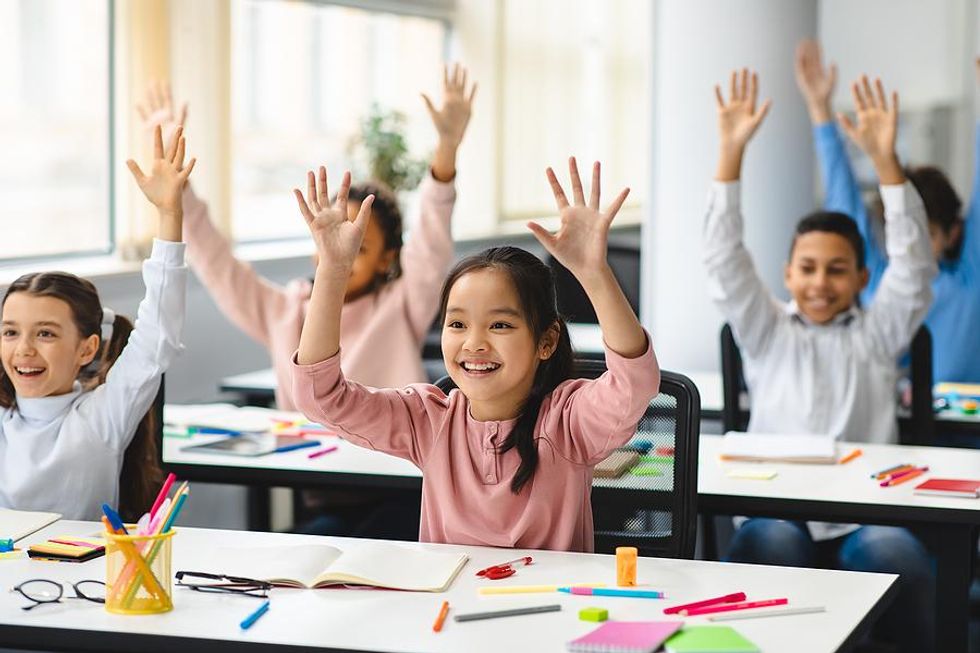
Bigstock
How many of you remember the 1980s movie Ferris Bueller’s Day Off? In that movie, Ferris’ teacher drones on and on while students sleep, doodle, blow bubble gum bubbles, and even drool. Funny, yes. However, it’s sad to say but some teachers in 2022 still turn their students into hostages during never-ending lectures. Even I, as a teaching coach, sometimes get bored when observing teachers talk incessantly but at least I have the option of leaving and visiting another teacher’s class. Students do not have this option.
Alternate how you teach. Whole class instruction has its merits/role—particularly when introducing a topic and conducting a BRIEF mini-lecture on that topic—but release students to practice learning both independently AND in small peer groups, during each lesson, before regrouping as a whole class during the lesson summary.
Student Activities And Assessment Can Be One In The Same
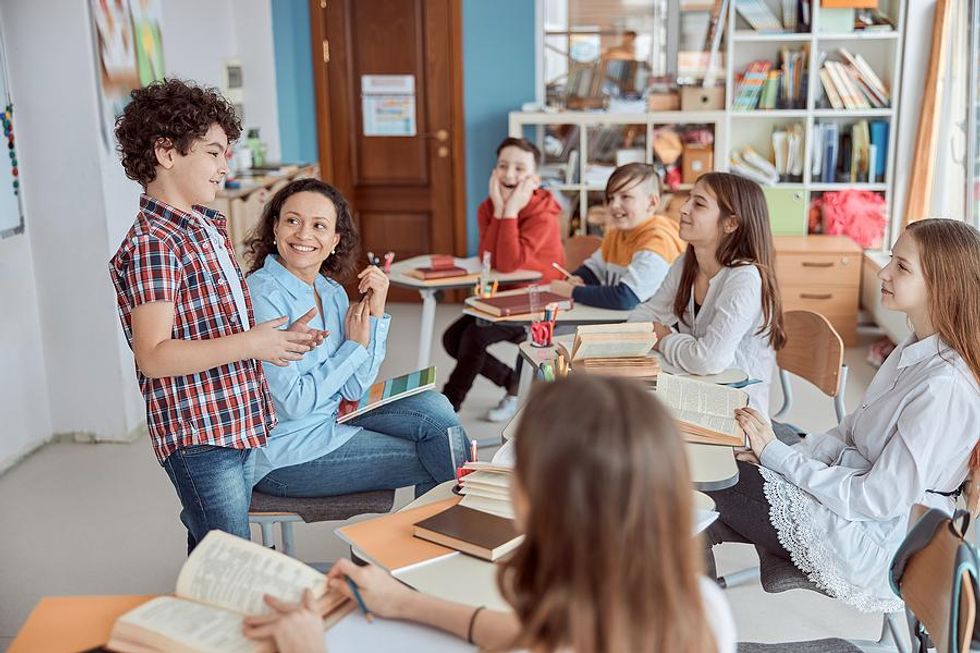
Bigstock
Assessment is not just formal paper and pencil tests. While tests are an important indicator of how much students have learned AFTER instruction, teachers can use cold calling, polling (i.e., Kahoot games), and choral response DURING learning to determine if students are learning material or if they must pivot their instruction for better student understanding. These informal assessment strategies can both be fun and produce assessment data.
Also, we educators can do a better job in assessing our students through more authentic assessments such as project-based learning, case studies, and scenarios as well as through student portfolio assessment. So many careers these days require collaboration. So, why then are we still often assessing in isolation?
Involve Students In Self- And Peer Assessment
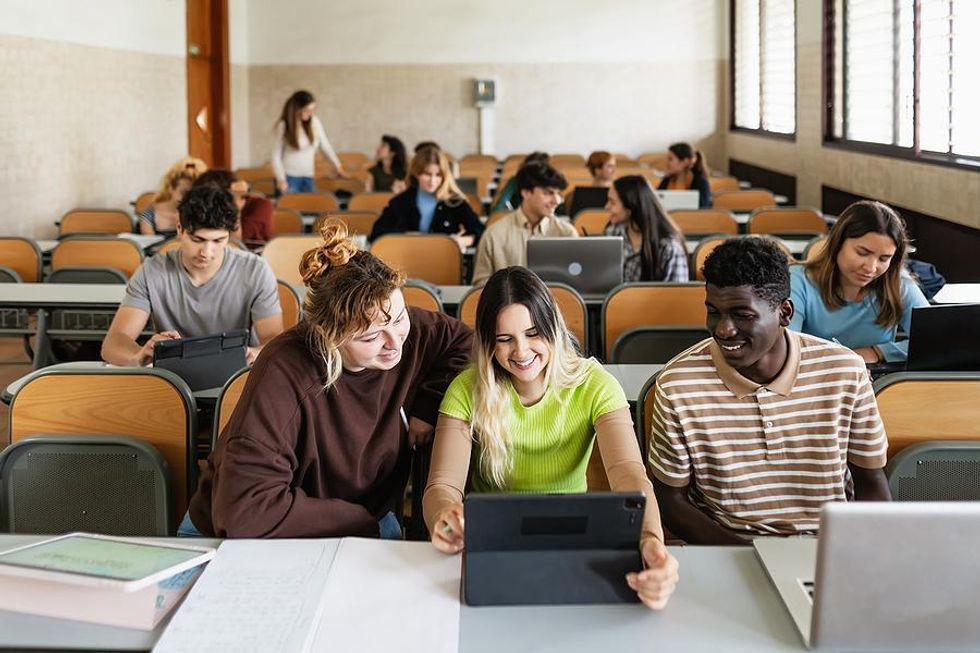
Bigstock
Above, I mention portfolio assessment as both a great student engagement and assessment strategy. There also are additional less-involved ways through which to engage students in analyzing their academic growth and achievement daily. For example, students can self- and then peer assess essays using a performance rubric. Students can critique their and peer contributions to group work. Students can also shout out positive peer contributions during lesson summary activities. These strategies not only engage students but foster social-emotional competency as well.
Engage Students Through Personalization
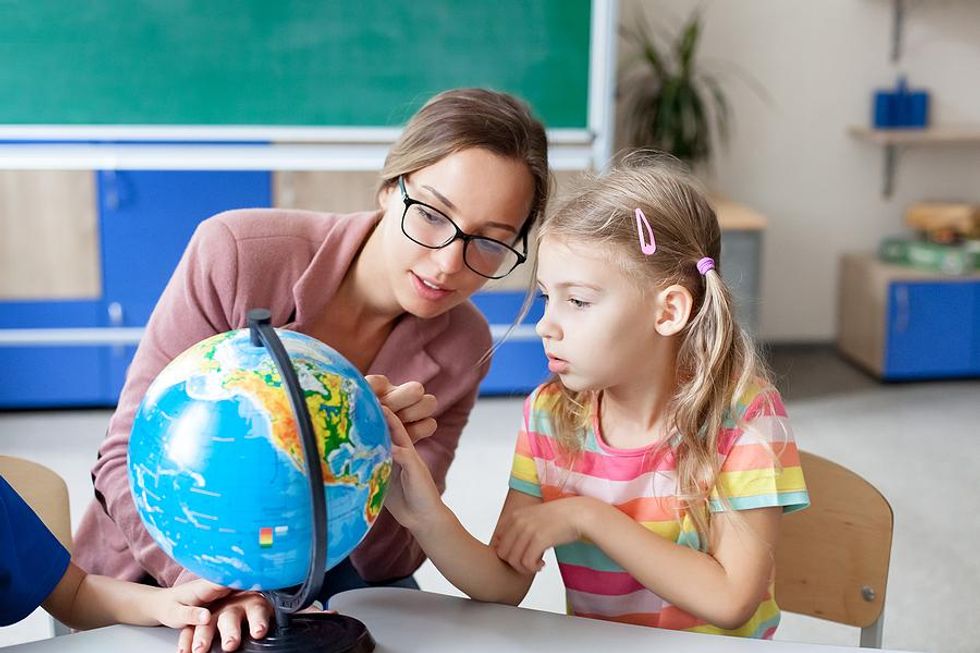
Bigstock
I was lucky to be able to enroll in Ms. Firestone’s ELA/visual and performing arts “house” in a high school that was otherwise dominated by achievement in sports. However, while it is wonderful when districts do provide students with opportunities to learn through cross-disciplinary and theme-based learning approaches, all teachers can engage students through personalization of the learning experience.
Conduct a survey/inventory of student interests. How do you build these interests into your lesson plans? Consider the cultural backgrounds of your students. How might you bring in learning materials and/or teach content through situations with which your students already may have community knowledge? Also, students who are below academic proficiency may become frustrated and disengage while students who are above proficiency may also check out if not provided with an appropriate level of challenge. How do you use common diagnostic assessment at the beginning, middle, and end of the year to determine how many instructional groups you have in your class? What scaffolds and/or extensions might you provide your students so that they do not become frustrated or bored?
Know Which Engagement Strategy To Use When
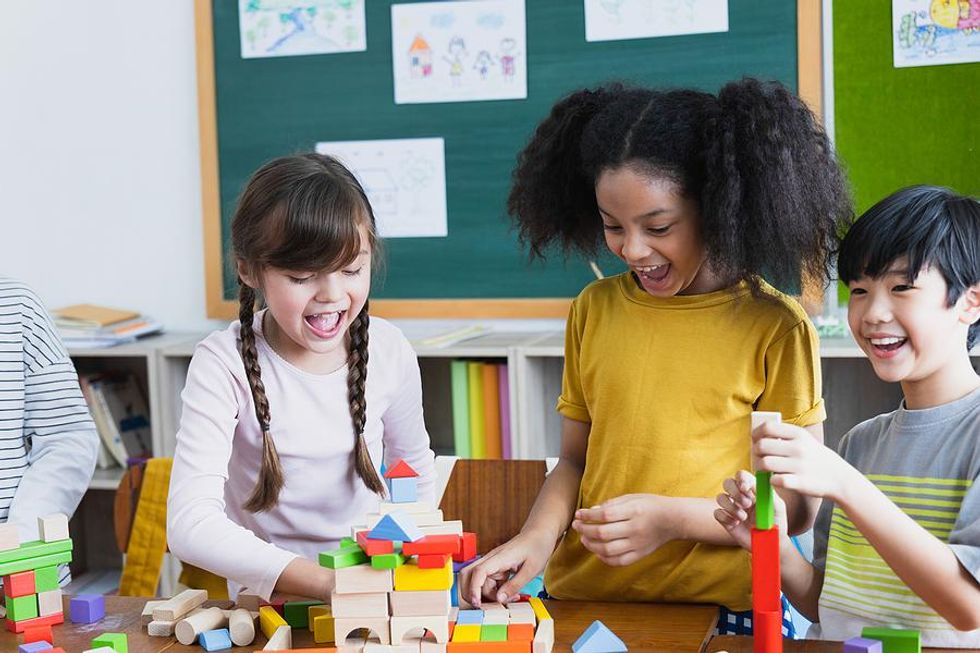
Bigstock
If a typical lesson is 45 to 50 minutes, and we are following a gradual release model, this means that we have approximately five minutes for an introductory activity, 10 minutes for a mini-lecture (I and we do), 20 to 25 minutes for student practice (you do), and five to 10 minutes for summation of the lesson. Therefore, our engagement activities need to be concise during a lesson’s introduction, the mini-lecture, and the summation of a lesson and can be extended/deeper process when students are practicing their learning. In other words, don’t try to do an inside-outside circle activity during the mini-lecture when a quick turn and talk is more appropriate. Save the inside-outside circle activity for student practice time.
Also, have a ready bank of four to five student discussion strategies that you can swap in and out during student practice time each lesson. However, a word of caution. Don’t push back against collaborative learning if you fear the loss of classroom control. It is not the discussion strategy that is faulty but how well the teacher implements it and sets classroom expectations. Students may still need the teacher to instruct them on how to engage in a discussion as well as both discussion stems and guiding questions.
Let Students Own The Learning
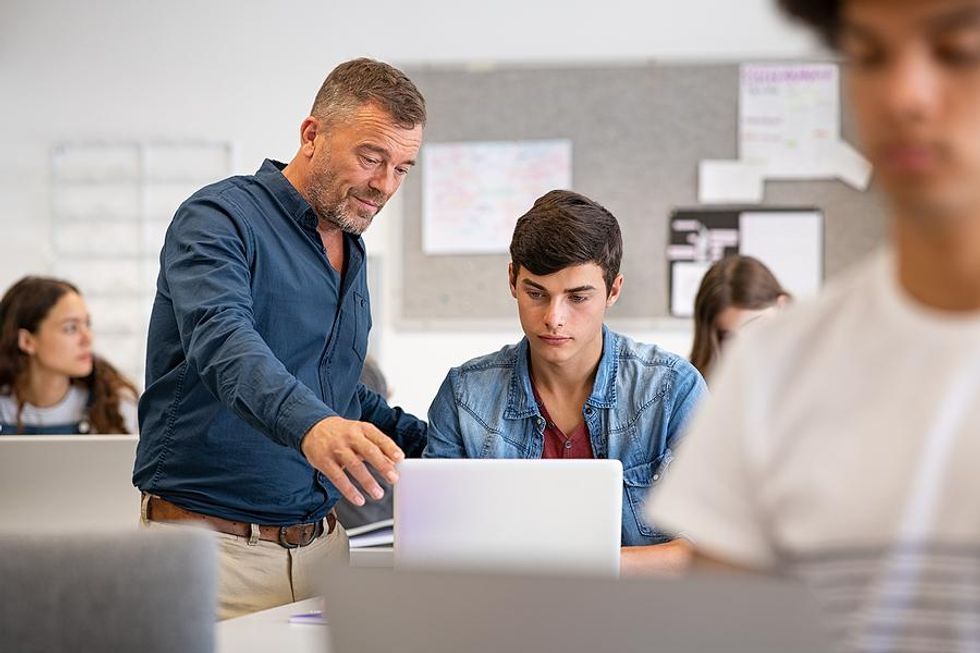
Bigstock
Provide students with SOME choice when it comes to how they will learn content/skills and how they will demonstrate mastery. Allow students who like to move/dance an opportunity to demonstrate their learning through a role play. Perhaps students who like to draw might demonstrate learning through the creation of a poster. Still, others may want to write and/or produce a podcast. Our students are digital natives. Don’t fight technology; embrace it. Regardless, make sure students are being evaluated similarly/on meeting the learning objective and not on other extraneous skills used to produce their product.
If you would like additional ideas on how to impact student lives without sacrificing your own, and have a life teaching, check out my quick hack teaching courses, including on student engagement, here. You can also reach me on LinkedIn.
- 4 Essential Strategies Mindful Educators Are Using To Revolutionize ... ›
- 8 Amazing Ways Teachers Can Spend Their Summer Break - Work ... ›
- 5 Planning Tools For Mastering The Curve Balls Of Teaching - Work ... ›
- The 3 Best Resume Tips For Teachers - Work It Daily ›
- 10 Things To Look For In A "Perfect" Classroom - Work It Daily ›

 Bigstock
Bigstock Bigstock
Bigstock Bigstock
Bigstock


